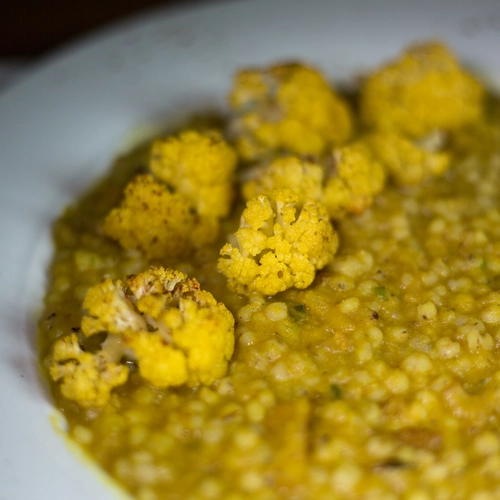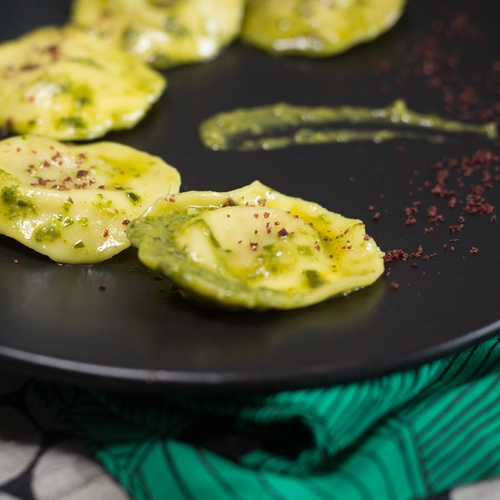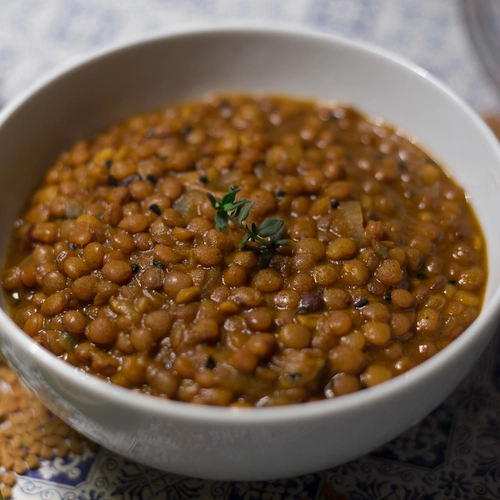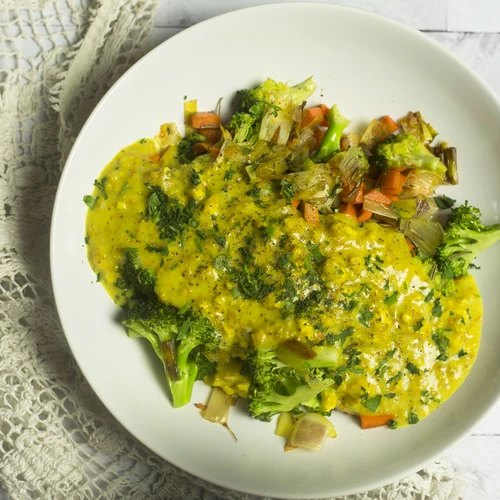Description
"By lifting the lid of the container next to the shop door, you can immediately smell it, even if it takes a moment before the brain registers its subtle, slightly bitter aroma like that of our skin, and almost as familiar. Caress the surface with your hand, and the silky yellow powder will rub your palms and fingertips in. Butterfly wing dust.Take your hand close to your face.Wipe your cheeks, forehead, chin.For fear, for millennia before 'beginning of the story, the brides and girls who aspired to marry have done the same: imperfections and wrinkles will disappear, fat and signs of time will be swept away.For days, afterwards, the skin will shine with a pale golden glow ".
With these words Chitra Banerjee Divakaruni introduces us turmeric in "The mistress of spices", (1998).
I remember when I was working with two Bengali cooks this summer. Every time they saw me with their orange hands, because they were soiled by the fresh grated turmeric I used to cook the aubergines, they smiled at me saying that I would have had a lot more beautiful skin.
This is actually one of the properties of turmeric, but together with many others.
Turmeric is a powerful antiseptic, antioxidant, healing agent.
It is digestive and anti-cancer, acts on the digestive system, cardiovascular and in general on the immune system.
Of the "oriental saffron" since ancient times the rhizome (root) is used, fresh or dried and reduced to powder. Known since ancient Rome, in the Middle Ages - due to its chromatic affinity - it was used to fight jaundice and, in general, was associated with liver disease. In addition to the medical field, turmeric played an important role in the dry cleaners.
Even in the East, its use since ancient times had not only gastronomic ends for themselves, but in the context of ayurvedic diet it was widely used, always in association with a lipid-based component to facilitate assimilation, (like the golden milk, many preparations are to dissolve turmeric with fats such as milk or ghee, or clarified butter), to rebalance the three doshas (ie "temperaments", or "constitutions"). And indeed, as Divakaruni tells us, its pungent and bitter taste acts on Pitta, while being warming turmeric, it has an action on Kapha and Vata.
On this topic I found it useful, as simple and exemplary first approach:
https://chopra.com/articles/what-is-a-dosha and, in general, the Depaak Chopra books about this argument.



